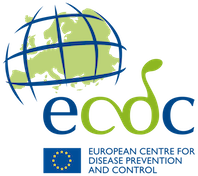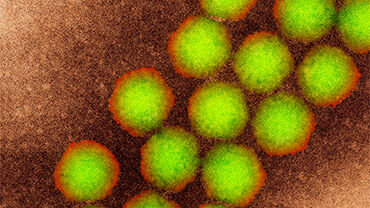Molecular surveillance of circulating dengue genotypes through European travelersArchived
The authors analysed samples from travellers returning from the tropics with acute dengue infections between 2002 and 2008.
Domingo C, Niedrig M, Gascón J, Palacios G, Reyes N, Malo MJ, Wichmann O, et al.J Trav Med 2011: 18 (3): 183-90
The authors analysed samples from travellers returning from the tropics with acute dengue infections between 2002 and 2008. A total of 186 dengue virus (DENV) strains were classified into 12 distinct genotype groups within the four dengue serotypes (82 DENV-1, 39 DENV-2, 48 DENV-3 and 17 DENV-4). The identification of the emergence of different sero- and genotypes, the appearance of new clades correlating with outbreaks, and the identification of a dengue-4 genotype not previously reported were achieved. Most of the patients had travelled to America or the Caribbean, Southeast Asia and the Indian subcontinent. However, African strains characterized in this study have provided valuable data on dengue circulation on the continent.
ECDC comment: Dengue viruses (DENV) are the most widespread arthropod-borne viruses, which have shown an unexpected geographic expansion, as well as an increase in number and severity of outbreaks in the last decades. Dengue viruses are highly mobile, transported by infected travellers. On the European continent, the last dengue epidemic dates from 1927–28 in Greece, with high mortality, and in 2010 autochthonous cases were observed in France and Croatia. However, imported cases of dengue fever are frequently reported by travellers returning to the EU from endemic areas. ECDC systematically monitors reports of seasonal epidemics of dengue through epidemic intelligence activities in order to identify significant changes in the epidemiology of the disease. Molecular epidemiological studies of imported DENV are essential for the understanding of viral transmission patterns and for tracking the worldwide spread of dengue strains. This study demonstrates the importance of surveillance of imported diseases contributing to the epidemiological knowledge of infectious diseases in endemic areas.







